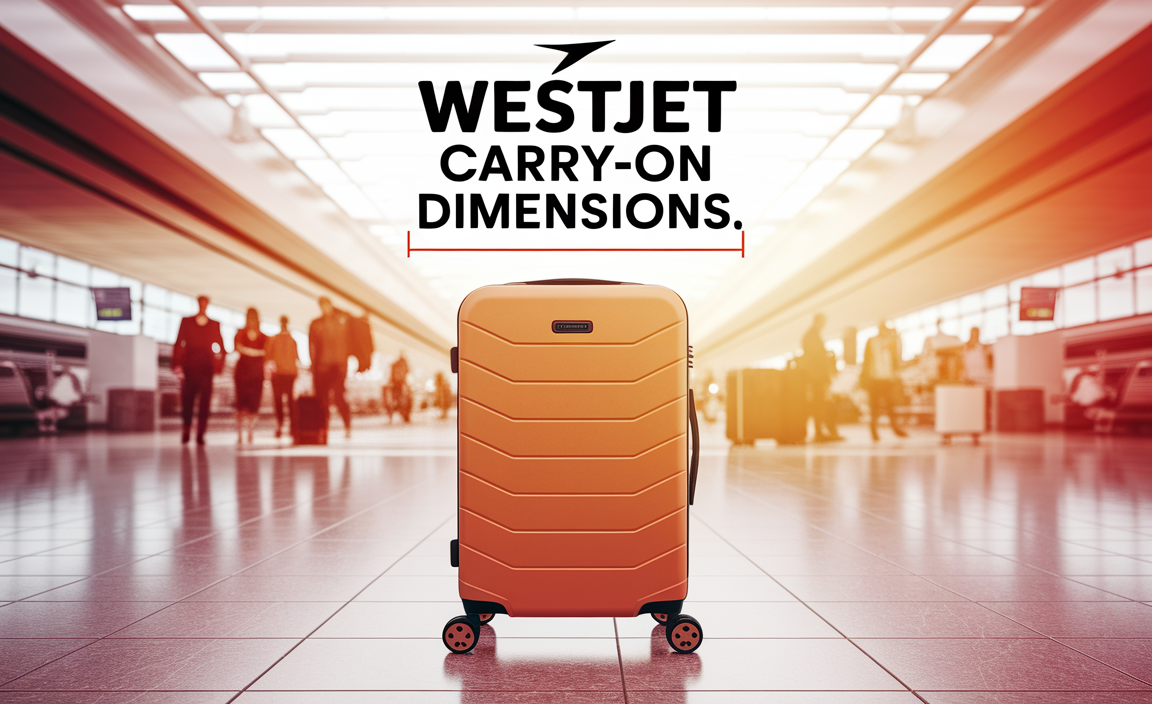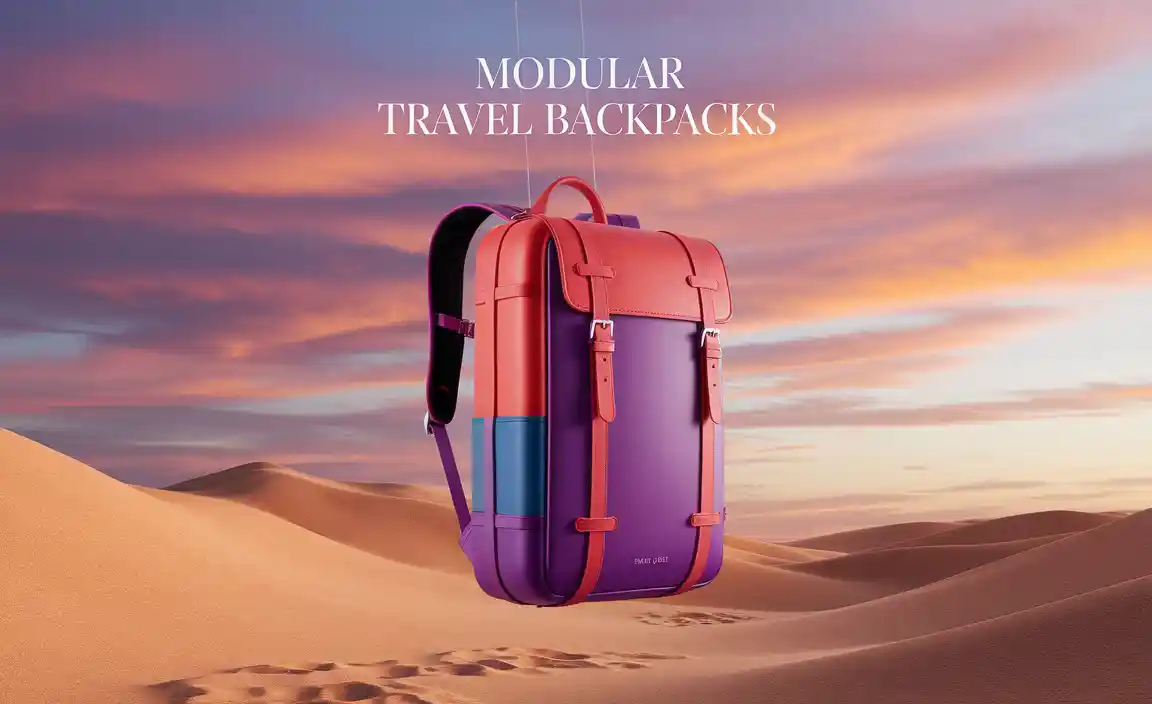Beirut Public Transport Cheat Sheet: Navigate the City with Ease! Get the most out of Beirut’s public transport system with this essential guide, covering buses, taxis, and metro options for a smooth, budget-friendly journey.
Exploring Beirut can be an incredible adventure. From bustling souks to vibrant nightlife and historical sites, this city offers so much. But getting around can feel a bit overwhelming at first, especially if you’re new to the area. Public transport is a fantastic way to see Beirut like a local and save your travel budget. Don’t worry, it’s easier than you might think! We’ve put together a simple, step-by-step guide to help you master Beirut’s public transport. Get ready to navigate the city confidently.
Understanding the Basics of Beirut Public Transport
Beirut’s public transport scene is a dynamic mix of traditional and evolving options. While it might not have the gleaming efficiency of some European or East Asian cities, it’s incredibly affordable and offers a true taste of local life.
The primary modes of transport are buses and shared taxis (called ‘servees’). While a ‘metro’ or subway system as commonly understood doesn’t exist, the buses often run on set routes that can feel like a surface-level metro. Navigating this system is key to unlocking a more authentic and cost-effective travel experience in Beirut.
The key to a stress-free journey is understanding the different options, how they operate, and a few insider tips. This guide is designed to give you that confidence, whether you’re heading to a historical landmark, a trendy downtown café, or simply want to experience the city’s pulse. We’ll break down each transport type, discuss fares, etiquette, and how to make the most of your experience.
Beirut’s Bus Network: Your Affordable Travel Companion
The most budget-friendly way to get around Beirut is by using the city’s bus network. These buses are the workhorses of the city, connecting various neighborhoods and suburbs. They might not always be the most punctual or have the most modern amenities, but they are undeniably a vital part of daily life in Beirut.
Types of Buses
You’ll primarily encounter two types of buses:
- Public Buses: These are the official, often older, buses operated by the state. They run on fixed routes, though schedules can be somewhat flexible. They are typically painted in various colors, and their destinations are often displayed in Arabic.
- Private Buses: Some routes are operated by private companies. These can be slightly more modern and sometimes more frequent on popular routes.
Navigating Bus Routes
Route information can be a bit old-school. Look for signs at designated bus stops, which often display the route number and major destinations written in Arabic. Asking a local or a driver at the stop is often the best way to confirm you’re on the right bus. Many apps and online resources are emerging, but on-the-ground confirmation is still highly recommended. For official information on public transport, you can sometimes find updates on governmental transport authority websites, though these can be difficult to navigate for non-Arabic speakers. The Lebanon.com website offers a good overview and practical tips for transportation in the country.
Fares and Payment
Bus fares are exceptionally low. You typically pay the conductor or driver directly as you board or as they pass through the bus. It’s always a good idea to have small denominations of Lebanese Pounds (LBP) to hand, as they may not always have change for larger bills.
- Typical Fare: Expect to pay anywhere from 1,000 LBP to 5,000 LBP per ride, depending on the distance and route.
- Payment Method: Cash only.
- Conductors: Many buses have conductors who collect fares and can help with basic route information.
Bus Etiquette and Tips
Riding a Beirut bus is an experience! Here are a few tips to make it smoother:
- Boarding: Wait for passengers to alight before boarding.
- Seating: Give up seats to the elderly, pregnant women, and those with young children.
- Announcing Stops: You’ll usually need to signal to the driver or conductor when your stop is approaching.
- Luggage: If you have larger bags, be prepared to store them near you or on your lap if space is limited, as there are rarely dedicated luggage compartments.
- Crowds: Buses can get very crowded, especially during peak hours. Be prepared for close quarters.
- Safety: Keep your belongings close and be aware of your surroundings.
The “Servees” (Shared Taxis): A Beirut Essential
The servees are a unique and indispensable part of Beirut’s public transport tapestry. These are typically white sedans operating on set routes, much like buses, but with a more flexible and often quicker service. They are a fantastic option for shorter distances or when you need more direct transport than a bus might offer.
How Servees Work
Servees operate on designated, though often unofficial, routes. They don’t have fixed stops; rather, you hail them by the roadside. The driver will announce their destination or route number. Passengers hop in, and the car fills up. The servees typically only depart when a certain number of passengers are on board or when a minimum fare amount is met.
Routes and Destinations
Servees cover a vast network across Beirut and to surrounding areas. The key is knowing the general direction or main road you need to take. Drivers often shout out major areas they are heading towards, such as “Hamra,” “Downtown,” “Achrafieh,” or “Jounieh.”
- Identifying a Servees: Look for a white car with a red Lebanese license plate, typically displaying “Servees” or the route number.
- Boarding: Signal to the driver from the side of the road. State your destination clearly if you aren’t sure they are going your way.
- Shared Rides: You will share the car with other passengers.
Fares and Payment
Servees fares are generally higher than buses but still very affordable compared to private taxis. The fare is usually fixed for the entire route, and you pay the driver directly. It’s best to have small Lebanese Pounds on hand.
- Typical Fare: Expect to pay between 2,000 LBP and 10,000 LBP per ride, depending on the distance.
- Payment Method: Cash only.
- “Chartering” a Servees: You can technically hire a servees for yourself by paying the full fare for all empty seats. This is more expensive but offers privacy and a direct trip.
Servees Etiquette and Tips
Riding a servees is an authentic Beirut experience:
- Payment: Pay the driver when you get out at your destination.
- Seating: The front passenger seat is often occupied by the driver’s “assistant” who helps collect fares or may be taken by a passenger.
- Flexibility: Drivers will often make slight detours to drop off passengers closer to their exact locations if it doesn’t add significant time or distance.
- Communication: A few basic Arabic phrases can be helpful, but many drivers speak some English or French.
- Timing: While servees aim to fill up quickly, there can still be waiting times, especially for less common routes or outside of peak hours.
Private Taxis and Ride-Sharing Apps
For those seeking more comfort, privacy, or a guaranteed direct route, private taxis and ride-sharing apps are readily available. While more expensive than buses or servees, they offer convenience and predictability.
Private Taxis
Beirut has a large number of officially licensed taxis. They are usually metered, but it’s always wise to confirm with the driver that the meter will be used before you start your journey. If a driver refuses to use the meter or quotes a price that seems exorbitant, it’s best to find another taxi.
- Identifying Taxis: Look for cars with a yellow or orange stripe on the side and a light on top.
- Hailing: You can hail them on the street, find them at taxi stands, or arrange them through your hotel.
- Negotiation: Always insist on the meter. If there’s a dispute, try to agree on a price beforehand.
- Apps: Some taxi companies have their own apps for booking.
Ride-Sharing Apps
Ride-sharing apps have become increasingly popular in Beirut, offering a convenient and transparent way to book a ride. They provide upfront pricing, GPS tracking, and cashless payment options.
- Popular Apps: Uber and Careem are widely used and reliable.
- Booking: Simply open the app, set your pickup and drop-off locations, and choose your ride type.
- Payment: Payments are usually linked to your account (credit card or app wallet).
- Availability: Available throughout Beirut and commonly used for airport transfers.
Fares and Comparison
Here’s a general comparison of fares (note that these are approximate and subject to change, especially with currency fluctuations):
| Transport Type | Estimated Fare (LBP) | Pros | Cons |
|---|---|---|---|
| Public Bus | 1,000 – 5,000 | Cheapest | Slow, crowded, less direct, language barriers |
| Servees (Shared Taxi) | 2,000 – 10,000 | Affordable, frequent, covers most routes | Shared, can wait for car to fill, less comfortable |
| Private Taxi (Metered) | 10,000 – 50,000+ (depending on distance) | Direct, private, available 24/7 | More expensive, meter disputes can occur |
| Ride-Sharing Apps (Uber/Careem) | 15,000 – 70,000+ (depending on distance & surge) | Convenient, transparent pricing, cashless | Most expensive public option, relies on app/internet |
*Fares are approximate and can vary based on distance, time of day, and economic conditions. It’s always wise to have small Lebanese Pounds denominations for cash payments.
Navigating to Key Locations
Beirut is rich with attractions. Here’s how public transport can get you to some popular spots:
To Rafic Hariri International Airport (BIA)
The airport is located south of the city center. While there isn’t a direct metro line, you have a few options:
- Airport Express Buses: There are usually specific buses, often labeled ” to Airport,” that run from downtown Beirut. These are very affordable.
- Servees: You can take a servees heading towards the airport area. Ask the driver to confirm they are going to the airport.
- Private Taxis/Ride-Sharing Apps: This is the most convenient but also the most expensive option. Expect the journey to take 30-60 minutes depending on traffic.
To Pigeon Rocks (Raouché)
This iconic landmark on the Corniche is easily accessible:
- Buses: Many buses that travel along the Corniche will get you close. Look for routes heading towards Raouché or Aley.
- Servees: Hail a servees heading towards Raouché or along the Corniche.
- Walking: If you are staying near the Corniche, it’s a pleasant walk.
To Downtown Beirut (Beirut Central District – BCD)
This area, often referred to as ‘Ain el Mreisseh’ or ‘Solidere,’ is a hub for shopping, dining, and historical sites like the Roman Baths and Mohammad Al-Amine Mosque.
- Buses: Many bus routes converge in or pass through downtown.
- Servees: Servees heading to “Downtown,” “Beirut” or specific landmarks like “Place de l’Étoile” will take you there.
To Hamra Street
Famous for its vibrant atmosphere, shops, cafes, and universities.
- Buses: Buses running to Hamra are frequent.
- Servees: Ask for a servees to “Hamra.”
Essential Tips for Using Public Transport in Beirut
Beyond the basics, here are some extra tips to ensure your journeys are smooth and enjoyable:
- Have Small Change: This cannot be stressed enough. Always carry small denominations of Lebanese Pounds (LBP).
- Learn Basic Phrases: Knowing “Shukran” (thank you), “Afwan” (you’re welcome/excuse me), “Bideh addeish?” (How much is it?), and the names of key areas in Arabic will be very helpful.
- Be Patient: Public transport in Beirut can involve waiting and can be a bit chaotic. Embrace it as part of the experience and try not to stress.
- Stay Aware: Like in any major city, be mindful of your belongings, especially in crowded buses and servees.
- Confirm Your Route: When in doubt, always ask! Most people are happy to help direct you.
- Travel During Off-Peak Hours: If possible, avoid traveling during morning and evening rush hours to avoid the most intense crowds.
- Consider a SIM Card: Having local mobile data can be invaluable for using navigation apps and ride-sharing services. You can purchase a local SIM card at the airport or in town.
- Check for Updates: Keep an eye on local news or forums for any changes in transport routes or regulations. The World Bank often has reports on infrastructure development that might include transport news.
Conclusion
Mastering Beirut’s public transport system is a rewarding part of experiencing the city. While it offers a different rhythm than many Western cities, it is incredibly affordable, comprehensive, and provides a genuine glimpse into daily Lebanese life. From the bustling buses to the economical servees, and the convenient ride-sharing apps, you have a range of options to suit your budget and travel style.
FAQs
Q1: Is Beirut public transport safe for tourists?
Generally, yes. Like any city, it’s important to be aware of your surroundings and keep your valuables secure, especially on crowded buses. The drivers and conductors are usually helpful.
Q2: What is the best way to get from the airport to the city center?
For the most budget-friendly option, look for the official airport buses. For convenience, a private taxi or ride-sharing app is recommended, though more expensive.
Q3: Can I use my credit card on buses or servees?
No, cash (Lebanese Pounds) is almost exclusively used for public buses and servees. Private taxis and ride-sharing apps do offer cashless payment options.
Q4: How do I know which bus or servees to take?
Look for route numbers or ask locals at the stop. For servees, listen for drivers announcing their destinations. Ride-sharing apps are the easiest for specific destinations.
Q5: Are there any timetables for buses?
Official printed timetables can be hard to find and are often not strictly adhered to. Buses generally run frequently during daylight hours, but schedules are flexible.
Q6: What if I get lost?
Don’t hesitate to ask for help! Pointing to your destination written down, using a map app, or asking a shopkeeper or fellow passenger is usually effective. Taxis are always an option to get you back on track.
Q7: Can I use public transport if I have luggage?
Buses and servees can be challenging with large luggage as there are no dedicated storage areas. It’s best to keep your bags with you. Private taxis or ride-sharing apps are much more suitable for travelers with significant baggage.
This applies to other travel essentials too. If you’re traveling with children and need to carry diapers, or require adult diapers for comfort on longer journeys, planning ahead and knowing your transport options is key. For example, a servees might be too cramped for multiple large diaper bags and a child, making a taxi or app booking a better choice.




